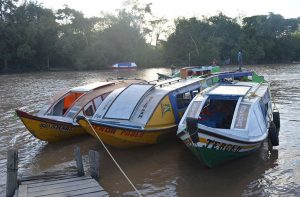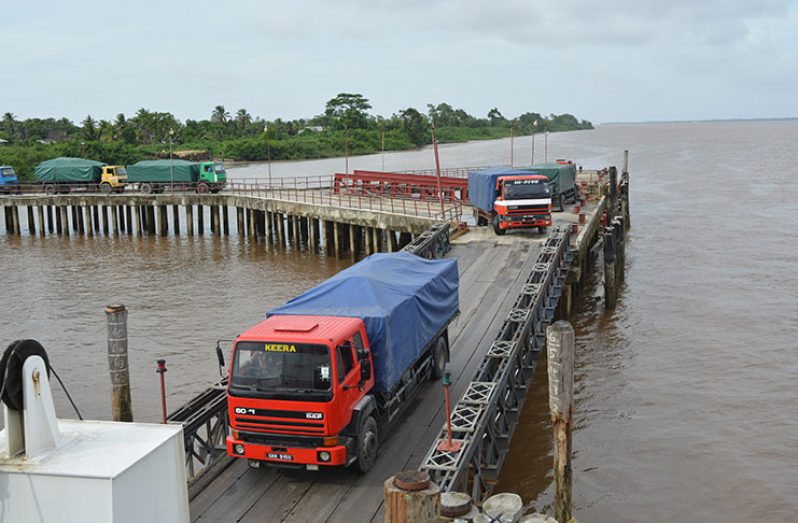–Chamber applauds announcement to bridge Essequibo River
THE announcement by President David Granger that Government will, in 2017, begin negotiations with national and international parties to bridge the Essequibo River has been welcomed by the Essequibo Chamber of Commerce.The President made this announcement during his address to Parliament on October 13; but he did not go into details about the project, except to say: “We aim at improving the pace of economic development…”
The imposing Essequibo River, with a length of 630 miles, is the largest river in Guyana, and is the largest river between the Orinoco and Amazon rivers. The vast Essequibo River is home to 365 islands, of which Hogg Island is the largest.

President of the Essequibo Chambers of Commerce, Dileep Singh, told Guyana Chronicle that bridging the Essequibo River would be an immense undertaking, and would be a gem if it ever becomes reality.
Persons currently use the ferry stellings at Good Hope and Supenaam to access the Essequibo Coast in Region Two. The Kayman Sankar airstrip at Hampton Court is also an access point to the region. Travelling to Georgetown by ferry takes 90 minutes, and by speedboat it takes 45 minutes. By plane it takes a shorter time, but it is far more expensive than the other two means of transport.
“A bridge across the Essequibo River will reduce transportation cost, increase commerce, and open up thousands of acres of arable land for agriculture cultivation and cattle rearing,” Singh said.
Singh noted that the bridge should not be any ordinary bridge. Ideally, he said, a project of that scale should be done in phases, and should be built to connect the islands of Wakenaam, Leguan, Hogg Island, and even Bartica.
“This will allow for island-hopping, and it in a way will connect the hinterland to the coastland, since persons from the hinterland come through the Essequibo Coast to journey towards Georgetown and the coastland,” the president of the Essequibo Chambers pointed out.
Singh noted that it would be great if the Government would also look at connecting the smaller islands and invest in making them into world class tourist destinations. “Right in the Essequibo River, nothing artificial is required. It is ‘Dubai’ waiting to be discovered. By connecting the big and small islands in the Essequibo River and building (a) strong road network, it would open up a huge treasure trove in business, commerce (both local and overseas investments), agriculture, and tourism. It would create a surge in economic activities never witnessed before.”

Singh underscored that roads are vital arteries that enable development, and with a direct link to Georgetown, the cost in terms of time and the burden of transportation costs would be significantly reduced. This would enable goods manufactured in Essequibo to become far more competitive and more widely accessible throughout Guyana.
Georgetown today is more populated than at any time since its founding. With limited job opportunities in rural areas, Georgetown has become a hotspot for job seekers, be it a job working in a store or in a top Government office. As a result of this, Georgetown, with limited job opportunities, has become densely populated.
Directly connecting the City with the vast Essequibo would ease population pressure and open up greater social and economic opportunities for residents through commerce, tourism and agriculture. Previously uninhabited or unoccupied areas in the Essequibo River would be opened up for cultivation or tourism activities; and with the discovery of oil here, Singh has cautioned the Government not to be entirely reliant on oil revenues to manage the economy, but to seriously look at bridging the Essequibo River and opening up more lands for agriculture.
Part of the oil wealth, he said, can be invested in long-term projects, such as developing the smaller islands in the Essequibo River into tourism destinations.




.png)









